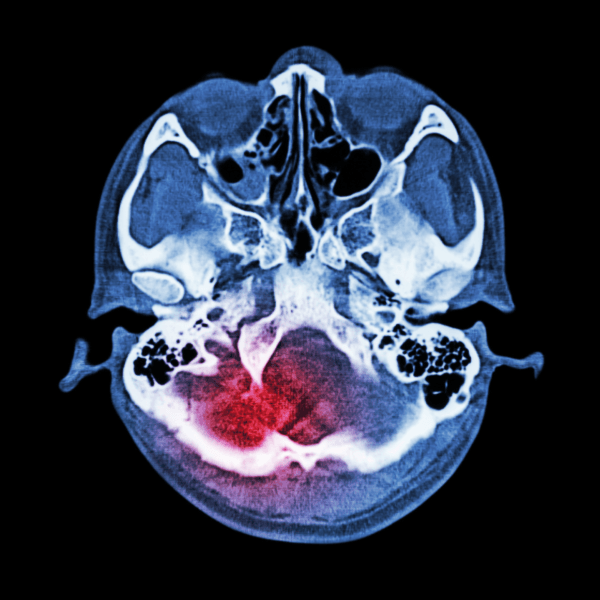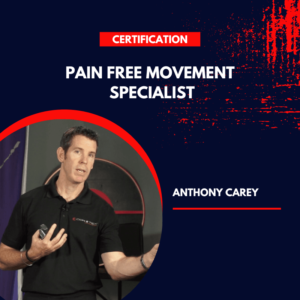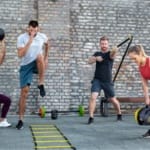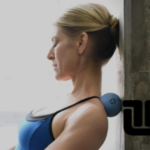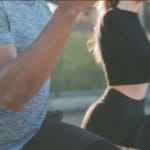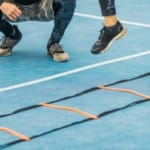Help stroke survivors regain strength, function, and independence through movement. The Stroke Recovery Course, developed by functional movement expert Tracy Markley, provides fitness and wellness professionals with the tools to work confidently and safely with clients recovering from a stroke. This course blends neuroscience, biomechanics, and corrective exercise to help you improve the quality of life for your post-stroke clients.
Gain deep insights into how a stroke affects the body and brain — and learn how to design smart, progressive programs that support mobility, balance, and functional strength.
(Accredited through ACE, NASM & NESTA). Eligible for AUSactive CEC’s through the Affiliated Education Program
Overview
This self-paced online course gives you practical knowledge and techniques to work with stroke survivors, whether they’re newly in recovery or years post-event. You’ll learn how to assess movement, understand muscular imbalances, and implement corrective strategies that help rebuild strength and confidence.
Course Highlights:
Self-paced and fully online
Developed by Tracy Markley – author, educator, and stroke recovery specialist
Blends functional anatomy, neuroscience, and fitness-based rehab principles
Downloadable workbook and exercise templates
Ideal for personal trainers, group instructors, and allied health professionals
Certificate of Completion provided
CECs available (confirm based on provider)
You’ll Learn How To:
Understand the physical and neurological effects of a stroke
Identify common muscle imbalances, gait issues, and postural changes
Use neuromuscular training and proprioception work to improve client outcomes
Build strength, improve balance, and restore function through exercise
Communicate with empathy and empower clients on their recovery journey
Curriculum
Module 1: Understanding Stroke
What happens in the brain during a stroke, and how it impacts movement, speech, and function.
Module 2: Stroke and the Body
Explore how stroke affects muscle recruitment, posture, balance, and walking patterns.
Module 3: Functional Anatomy in Stroke Recovery
Learn about the brain-muscle connection, neural plasticity, and the importance of targeted muscle activation.
Module 4: Assessment and Observation Skills
Simple ways to observe movement patterns and recognize compensations and asymmetries.
Module 5: Programming for Stroke Survivors
Design safe, effective, and progressive programs using balance work, core stability, strength training, and mobility.
Module 6: Equipment and Modifications
How to adapt exercises using minimal equipment — resistance bands, chairs, stability balls, etc.
BONUS:
Pre-requisites
This course is ideal for:
Recommended Experience:
Basic understanding of human anatomy and program design
Experience working with special populations is helpful but not required
Open to all professionals wanting to support stroke survivors through movement

